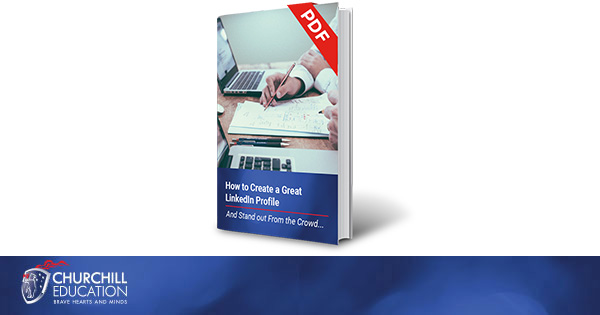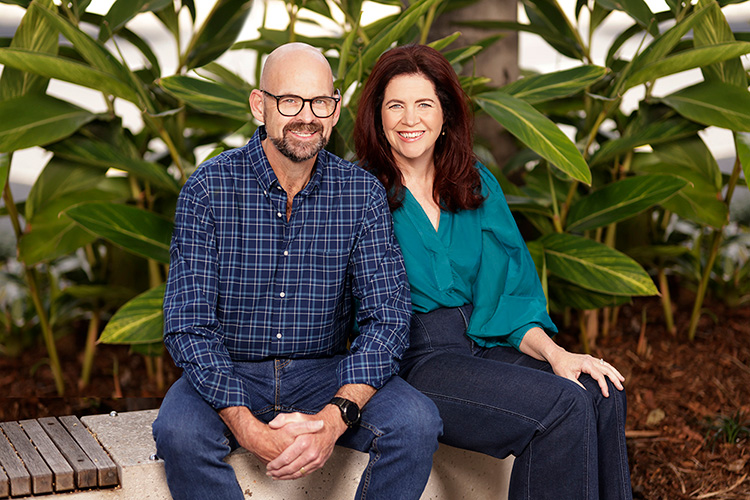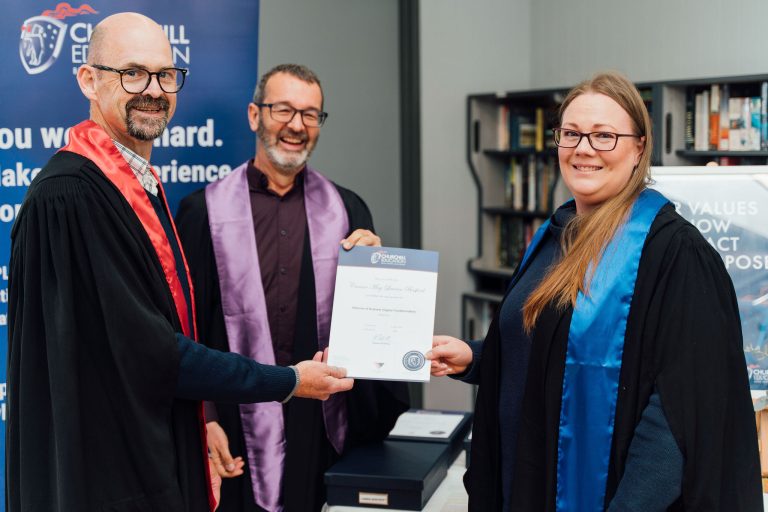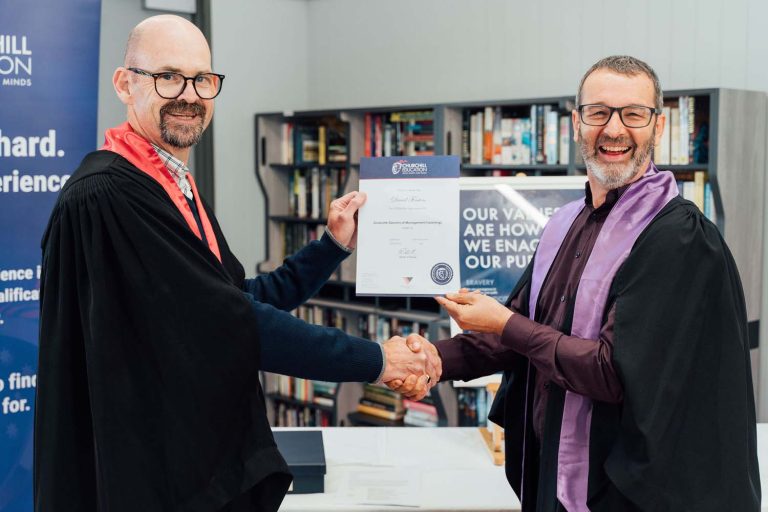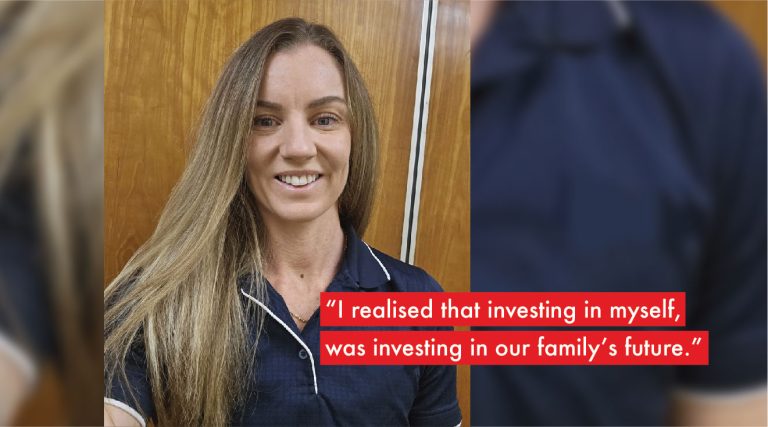Considering a career change can be daunting and overwhelming, which is why we’ve put together this career change guide! With 60% of Australian workers considering a career change in 2022, it’s more important than ever to get ready to take advantage of opportunities.
Here are three powerful actions you can take to put yourself in prime position for your next career move…
1. Qualifications that match your experience
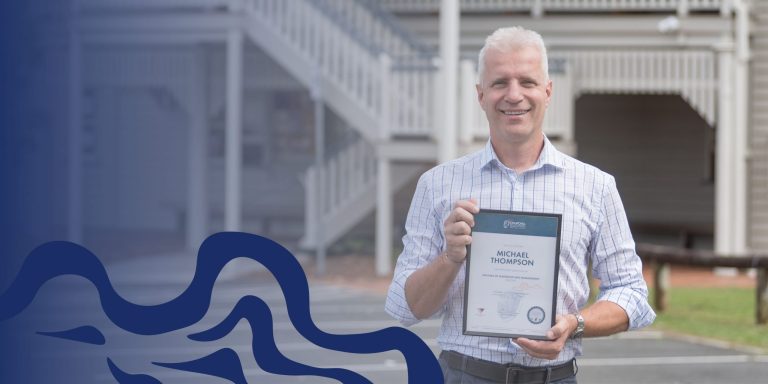
When applying for new positions, most job ads call for qualifications to back up your work history. We speak with people everyday who have either reached a glass ceiling in their careers, or failed to nail a new job due to their lack of qualifications. Here is a prime example…
Prior to gaining qualifications through the Recognition of Prior Learning (RPL), Aaron was applying for 10 jobs a day. After gaining his qualifications through RPL (based on what he already knew and could do (no further study required) he was offered three amazing positions, and is now in a job he loves, making a difference to his community. Read Aaron’s story.
So what can you do?
- Gather evidence of your work, keep your workplace examples, position descriptions etc. Circumstances change, it’s always great to have a Plan B. Keeping work samples is the evidence you will need to turn what you know into national qualifications. One of the toughest things for us, is hearing from people who have the knowledge but cannot access evidence. Keeping a folder filled with your work samples is essential, and something our Alumni consistently mention they wish they’d done sooner!
- Book a preliminary assessment to find out what qualifications you are eligible for. We often undervalue our knowledge and experience. Not only is it important for our self confidence, to be affirmed by others, but to be able to accurately reflect our hard-earned skills on paper speaks volumes to recruiters and prospective employers. We offer a free qualification appraisal, where our highly experienced assessment team convert your worplace examples into a list of qualifications that you are able to achieve
Find out what you’re eligible for
Note: An appraisal isn’t a qualification – it is an indication of what can be achieved. It’s important to turn that appraisal into a qualification that you can proudly display on your CV.
2. Update your resume
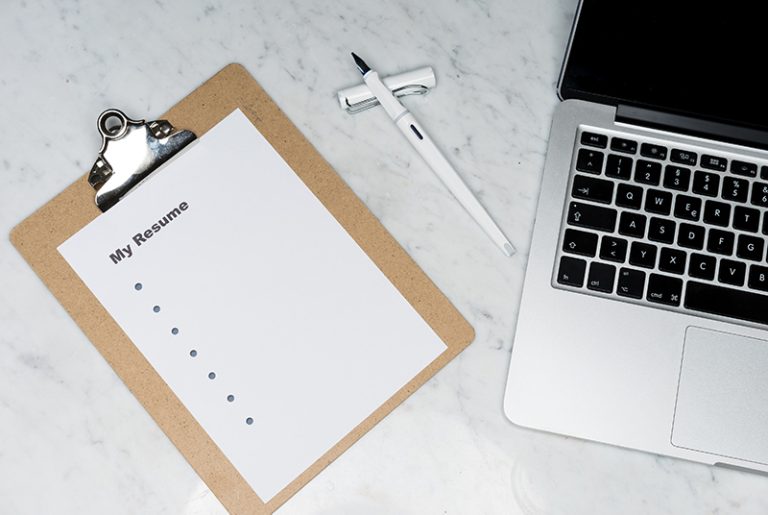
It’s important to create a resume that shows you in your best light, and speaks to the selection criteria. Applying for a job should not be a cookie-cutter approach.
Here are some simple starting steps to get your resume on the right track:
- Make sure your resume is up-to-date. We’re constantly learning and evolving, and it’s important your resume reflects all the relevant skills, knowledge and experience you’ve gained up to now.
- Clearly outline your skills. On average, recruiters spend 7.4 seconds reviewing an application. This is also why having qualifications that match your experience is important. Recruiters scan for the important stuff, and one big thing they’re looking for is qualifications. You’ve got that limited time to stand out from the crowd and convey why you are the best person for the job. Don’t waste it. Focus on prioritising vital information like: Experience, Education & Key Career Achievements.
- One of the most important sections on a resume is your professional summary/profile. In this section, you demonstrate what you can bring to the role. This is also your most adaptable section, and should be tailored to the position you are applying for and the key selection criteria. It should demonstrate at a glance, why you fit the position. Write it in the first person, using language such as ‘I am’, ‘I have’ and ‘I did’. Statistically, one of the best things to add in this section is quantifiable language, e.g. ‘30 years experience in…’ If you can pique the interest of the person reviewing your application, you are far more likely to make it through to an interview.
For more information, and a more detailed review of how to create a winning resume, refer to our free resume guide.
3. Refresh/create your LinkedIn profile
More and more, LinkedIn is playing a major role in the working world; and having a well put together profile is nowadays, an essential. Over 90% of recruiters, in most industries, use LinkedIn to find and vet job candidates, which is why we put together this free downloadable guide:
One of the most important, and valuable sections of your LinkedIn profile is your summary. Think of it as a more detailed professional profile and an additional opportunity to convey your skills, knowledge and experience. This section allows you to present your professional brand; it’s a place where you can discuss your work experiences and inject some of your personality.
When constructing a summary, it should be in first person. A good starting point is to define how you want this profile to aid you, e.g your purpose. Do you want this profile to help you in a new job, promotion, career change or building a network? Each will be constructed in it’s own unique style – and identifying this in the first instance will allow you to better utilise your time and energy.
So now that you’ve identified your LinkedIn purpose, it’s time to clearly state what you do, and how your background experience has helped you do that.
This can be tricky.
A good prompt is to ask yourself : What crosses my desk each day? Who do I report to? What am I responsible for? How has my past experience and positions aided me in that?
When writing, think about your audience. The online attention span is short! And most readers are scanning, not reading verbatim. Short (even one line) paragraphs are good.
BONUS LINKEDIN TIP: LinkedIn, being a social media platform, uses algorithms, and it’s important to use those algorithms to your advantage. So how do you do that? Keywords – emphasising keywords relevant to your desired position and industry allows your profile to be shown in more search results. Therefore, when building your summary, sneak in those words and make the algorithm work for you.
Be sure to download our LinkedIn Guide for more information!
As always, we’re here to help and by far the most important thing you can do is to turn your experience into valuable qualifications.
If you’re contemplating a career change, or just getting a Plan B ready, reach out to us on 1300 793 002, hello@churchilleducation.edu.au or book in for a free-preliminary assessment.
As always, best of luck in your next journey!
Churchill Education

